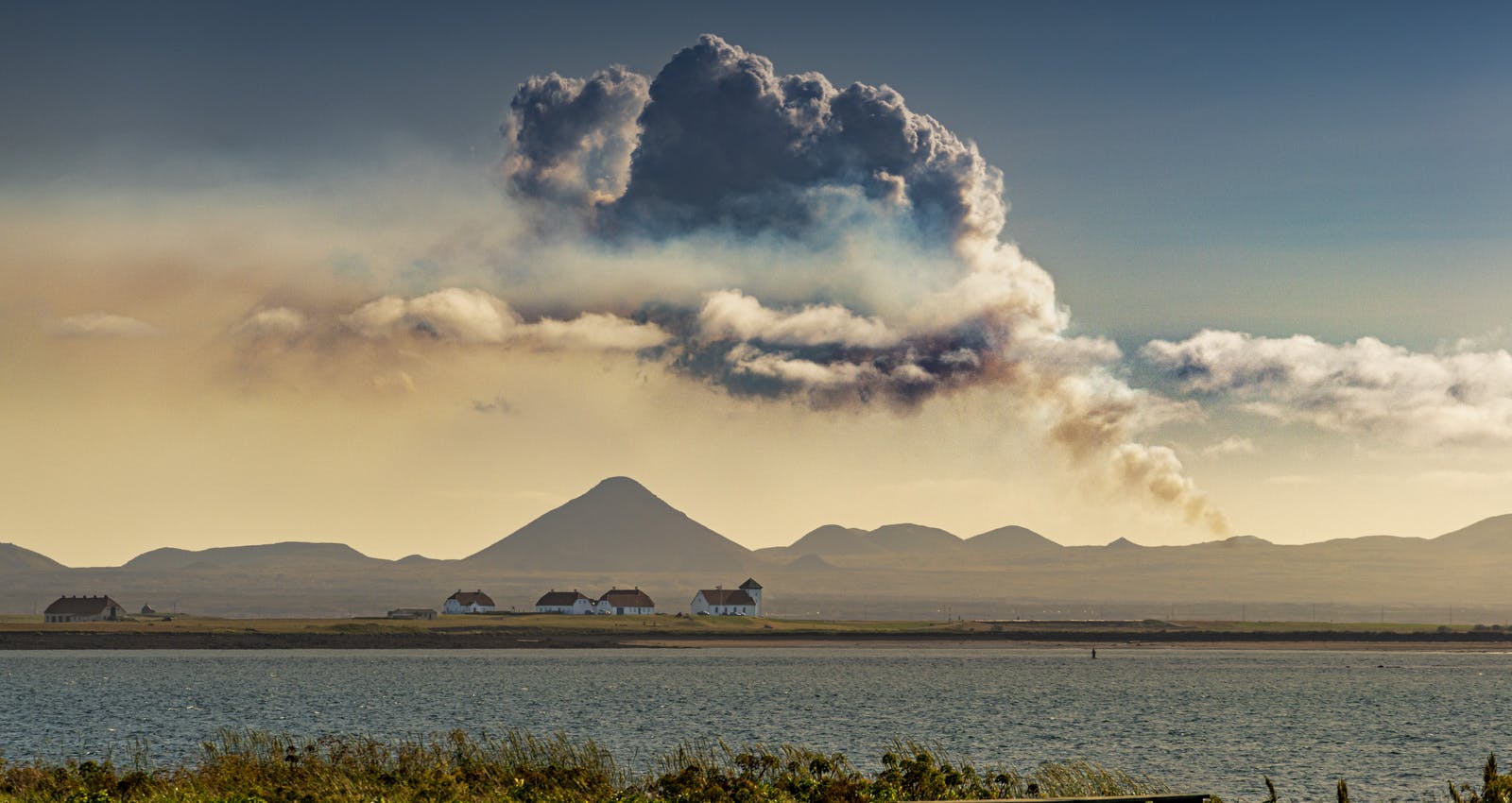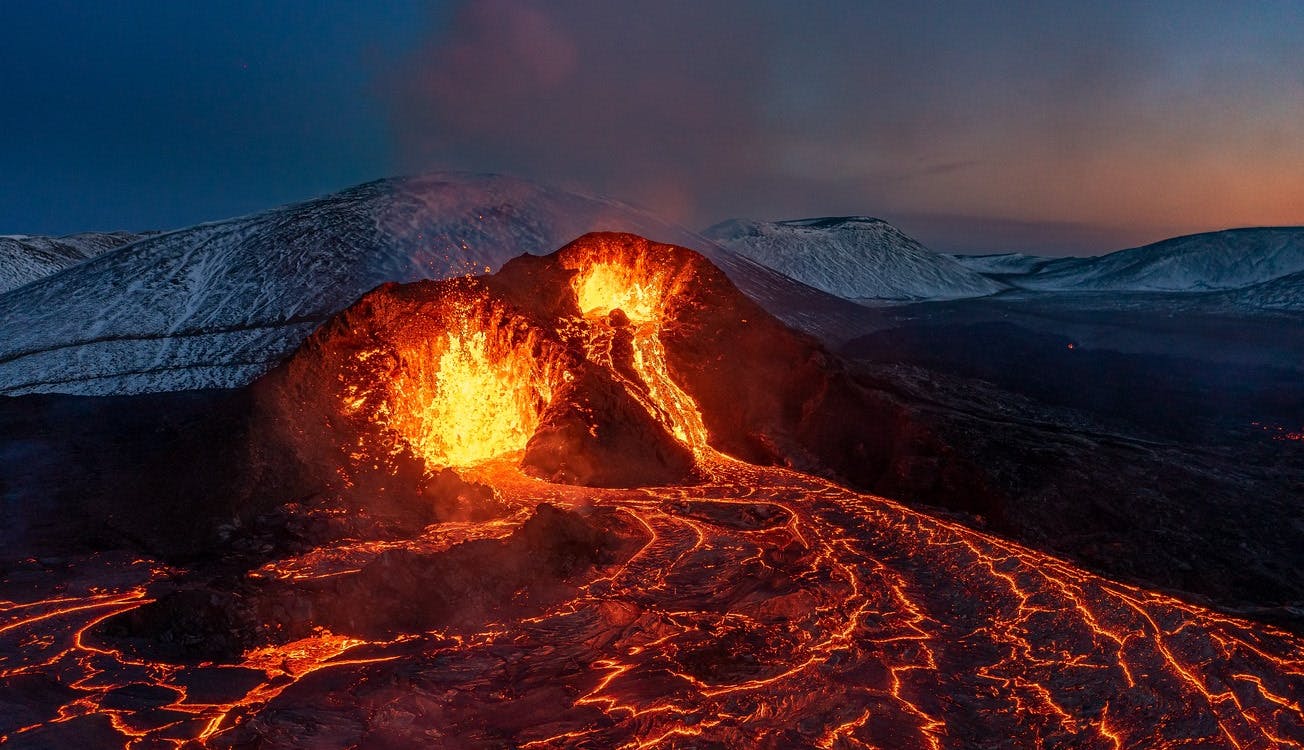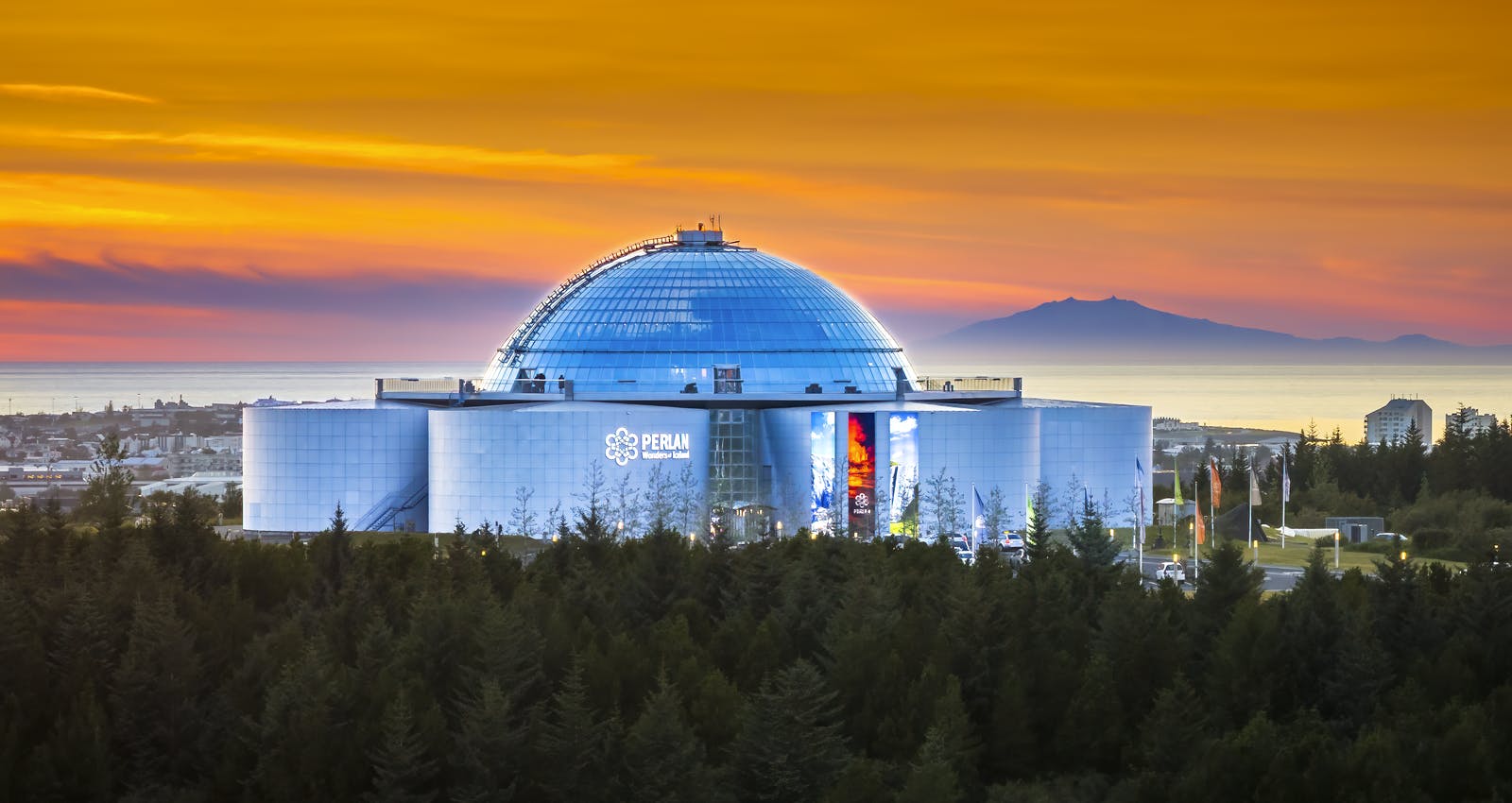
Are there always earthquakes before volcanic eruptions in Iceland?
Earthquakes are common in volcanic areas like Iceland, but they don’t always precede volcanic eruptions. Iceland is located on the Mid-Atlantic Ridge, a tectonic plate boundary where the North American and Eurasian plates diverge, making it prone to both volcanic activity and seismic events. Iceland has numerous active volcanoes, and the movement of tectonic plates can generate earthquakes.
Earthquakes on the Reykjanes Peninsula
A seismic swarm hit the Reykjanes peninsula in southwest Iceland with more than 20.000 small earthquakes in late October and early November 2023, raising the prospect of a volcanic eruption. Iceland is a seismic and volcanic hot spot as the North American and Eurasian tectonic plates move in opposite directions. While quakes are a daily occurrence in Iceland, the latest swarm was more extensive than usual, indicating an eruption could be imminent.
Types of Earthquakes in Iceland
Earthquakes in volcanic regions like Iceland can take different forms. Some earthquakes are related to the movement of magma and the pressure building up inside a volcano. Others are due to tectonic activity along plate boundaries. Not all volcanic earthquakes indicate an imminent eruption.
Iceland has a well-developed system for monitoring seismic and volcanic activity. The Icelandic Meteorological Office and the Icelandic Civil Protection Agency work together to track earthquakes and volcanic conditions. They provide early warnings and safety measures when they believe an eruption may be imminent.
Pre-Eruption Signs
Before some volcanic eruptions, specific signs may indicate an eruption is more likely, such as increased seismic activity, gas emissions, deformation of land and changes in groundwater temperature in the area surrounding the volcano. However, these signs are not always present, and eruptions can occur with minimal warning.
Recent Eruptions on the Reykjanes Peninsula

After hundreds of years of calmness, the Reykjanes Peninsula awakened in 2021 and continues to quake and occasionally spew lava.
There hadn’t been a volcanic eruption on the Reykjanes Peninsula for about 800 years until 19 March 2021. The area awakened when a fissure vent appeared in Geldingadalir to the southwest of Fagradalsfjall mountain. The 2021 eruption emitted fresh lava until 18 September 2021.
Just 11 months after the last eruption, the new crack sparked excitement from locals and tourists alike. The Fagradalsfjall (Meradalir) eruption began on 3 August 2022 and ended on 21 August 2022, similar to the 2021 eruption.
In 2023, the third eruption burst out near Fagradalsfjall after intense earthquake activity. The eruption began on the afternoon of 10 July 2023 and ended on 5 August 2023 with a 900-metre-long fissure opening up. The eruption site was named Litli-Hrútur (Little Ram).
The fourth eruption in three years occurred near an old crater row with the name Sundhnúkagígar, only 4 km northeast of Grindavík town. On December 18, 2023, a 4 km long fissure opened up. In the beginning, it was more powerful than the previous three eruptions but ceased rapidly and came to an end only four days later.
Where Can You Learn About Volcanoes in Iceland?

Perlan’s Forces of Nature exhibition allows guests to feel the power of volcanoes, earthquakes, and geothermal energy that powers the island. Guests will learn that volcanoes form when heat and pressure build up beneath the earth’s surface. The earth’s weak points tend to be along fault lines where tectonic plates converge or diverge, as in Iceland’s case.
Perlan’s exhibition shows that volcanic activity in Iceland is so diverse that researchers typically speak of “volcanic systems” rather than individual volcanoes. The island has 30 active volcanic systems, each with many types of volcanoes.
What would happen if there is an eruption on the Reykjanes peninsula?
The result of an eruption would depend on its size. There would likely be earthquakes before the eruption, and authorities would issue warnings. Tours to the region would be cancelled, and roads to the area would be closed if warranted. Geologists are constantly monitoring the volcanoes on the island, and procedures are in place to keep people safe in the event of an eruption.
Popular articles

Reykjanes Volcanoes Overview
Enjoy a complete overview of the Reykjanes Volcanoes from 2021-2024. Learn about its geology, recent activity, and visitor tips for a safe, memorable experience.

Reykjanes Peninsula Volcanoes: Sundhnúksgígar Eruptions
The anticipated volcano has erupted in the Reykjanes Peninsula, the site is being called Sundhnúkagígar. See the historic insights on the seismic activity and volcanic eruptions.

Earthquakes in Iceland
Earthquakes in Iceland are a fact of life. Each year, hundreds of small tremors shake the earth, a reminder of the country’s position on a tectonic plate boundary.

Volcano Museums and Exhibitions in Iceland
If you don't manage to visit an actively erupting volcano in Iceland - Experience its force at one of these excellent volcano museums and exhibitions in Iceland.

Top 10 Places To See the Northern Lights in Iceland
You can see the northern lights across the country, but some spots are more suitable than others. Find the best place to see the northern lights in Iceland.

Ice Caves From Reykjavik
Travel beyond the capital for a closer look at an ice cave under one of Iceland’s glaciers. If you can’t spare the time, experience Perlan’s ice cave in Reykjavik.